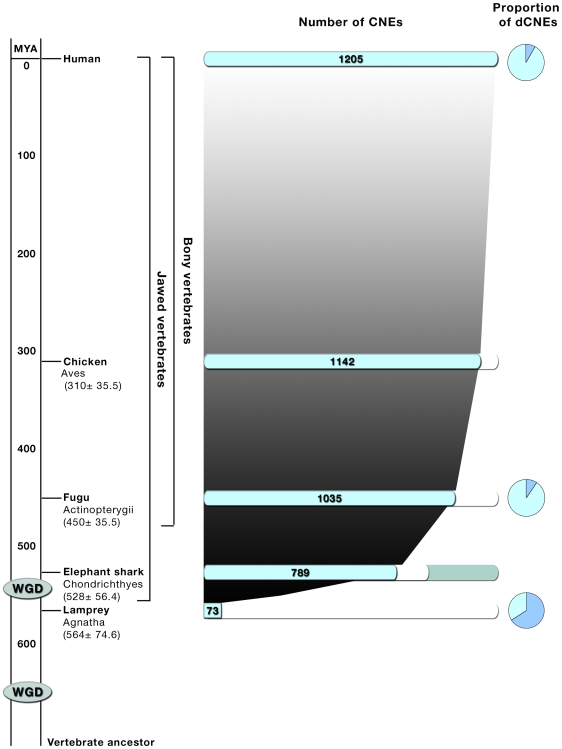Figure 4. Proposed model of early vertebrate evolution, genome duplications, and expansion of CNE repertoire.
Evolution of CNE repertoire occurred early in the history of vertebrates, coinciding with proposed genome duplication events and the emergence of agnathans. CNEs are barely detectable in invertebrate genomes and therefore must have evolved very early in the ancestral vertebrate, coinciding with whole genome duplication (WGD) events. The lamprey genome possesses a much smaller set of CNEs than sharks and other jawed vertebrates. This suggests that a large number of CNEs evolved and became fixed in all gnathostomes within a relatively short time period, between the emergence of agnathans and Chondrichthyes, coincident with the second proposed large scale genome duplication in jawed vertebrates. The proportion of CNEs that are found to be duplicated in the human genome is shown for each species (proportion of dCNEs); over half of the human CNEs that have matches to lamprey are found to be duplicated in the human genome. Timescale and divergence times taken from [15]. The elephant shark genome has a maximum coverage of 75% [3] and the light blue area represents the unsequenced portion.

